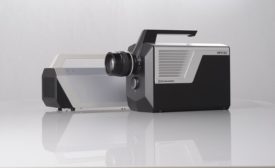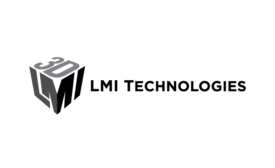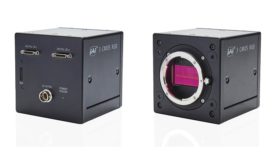Vision & Sensors
High-speed video cameras capture what the human eye could never see.
Read More
Sponsored Content
Trends in 3D Inspection: Edge Computing, Acceleration, and 3D Smart Sensors for IIoT
October 30, 2018
V&S HEADLINE
JMP Solutions Achieves Second RIA Certification for Robot Solutions
October 11, 2018
VS HEADLINE
Allied Vision at VISION 2018: Focus on New Camera for Embedded Vision
October 10, 2018
INDUSTRY HEADLINE
Report Highlights How the Manufacturing Landscape Is Set for ‘The Next American Industrial Revolution’
September 19, 2018
V&S HEADLINE
German Machine Vision Industry Has Doubled in Last 10 Years
September 9, 2018
Stay in the know with Quality’s comprehensive coverage of
the manufacturing and metrology industries.
eNewsletter | Website | eMagazine
JOIN TODAY!Copyright ©2025. All Rights Reserved BNP Media.
Design, CMS, Hosting & Web Development :: ePublishing




